
Facts and features Name: Pennsylvania RR Scale: HO (1:87)Size: 6′-8″ x 12′-6″Prototype: freelanced, inspired by PRRLocale: northeastern PennsylvaniaEra: changeable between 1870-1915, 1916-1942, and 1943-1959Style: island Mainline run: 31 feetMinimum radius: 36.5″Minimum turnout: No. 6Maximum grade: none (flat)Benchwork: tabletopHeight: 511⁄2“Roadbed: corkTrack: Micro Engineering flexible code 83Scenery: foam board and Kingspan underlayment on 3 ⁄4” medium density […]
Read More…
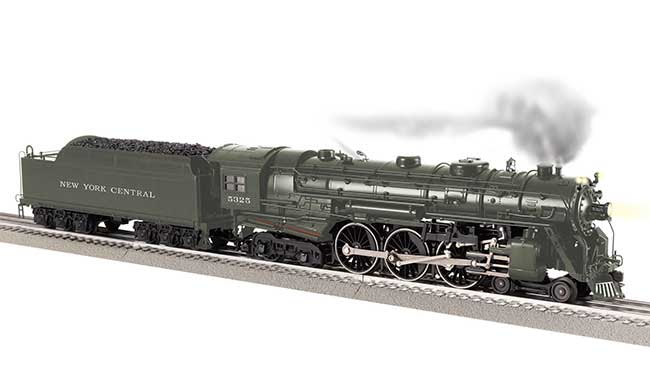
The Lionel Collectors Club of America (LCCA) announces some Lionel custom-run products. To celebrate Lionel Trains’ 125th anniversary, the LCCA is releasing a VisionLine 4-6-4 Hudson locomotive. The engine features operation via Legacy, TMCC, or conventional mode with a standard transformer. It also features Bluetooth control and Lionel Voice Control. Minimum curve requirement is O-54 […]
Read More…
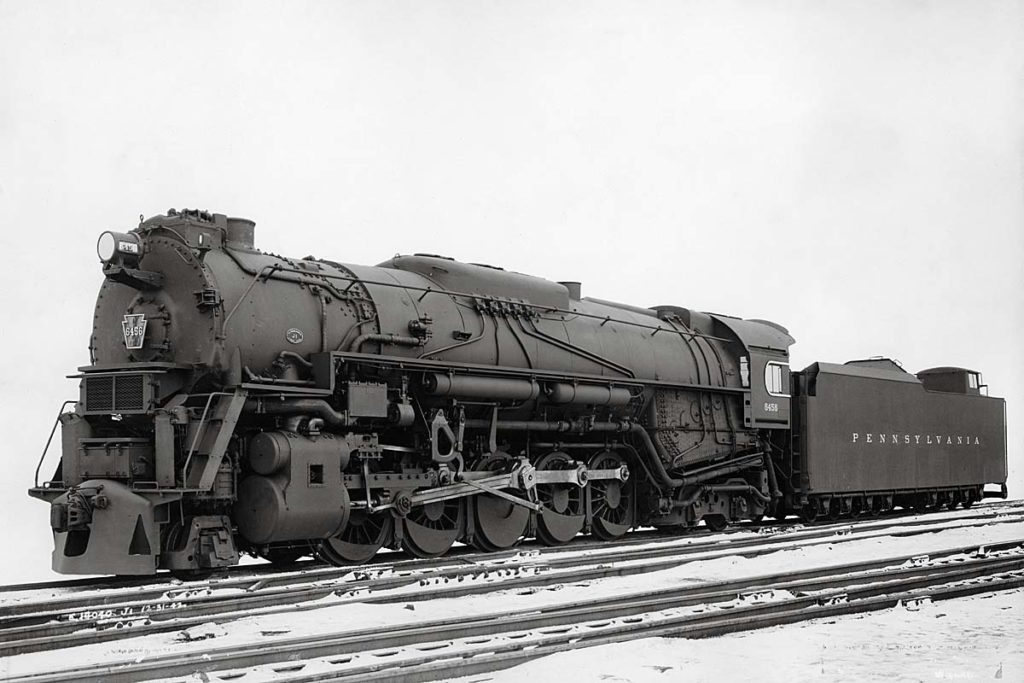
Pennsylvania Railroad 2-10-4 No. 6456 is one of 125 such locomotives on the roster. The home-built engines were in the J1 and J1a classes, built between 1942 and 1944. The last was retired in 1959. Classic Trains collection […]
Read More…
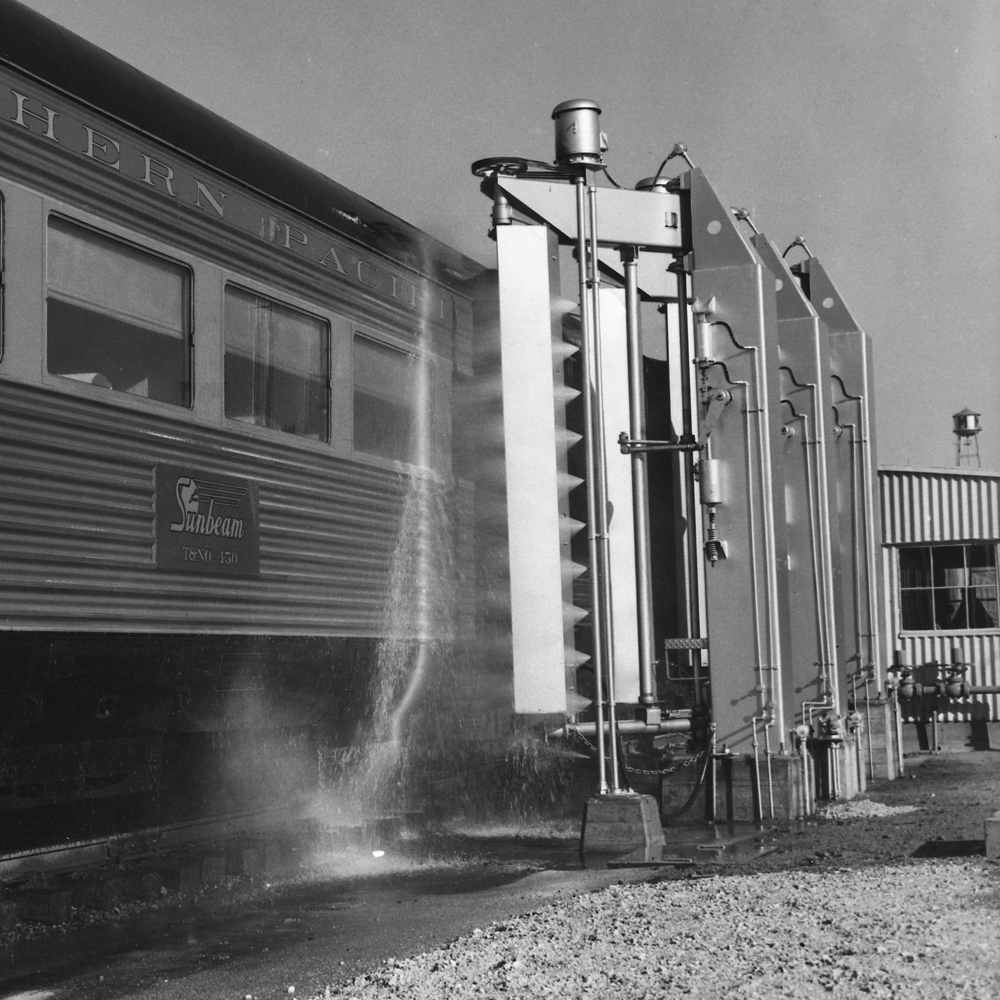
Q: How do mechanical passenger car washers work? — Steve Moore A: Keeping passenger cars clean is a never-ending battle as they’re subjected to the same dirt, dust, and grime as locomotives and freight cars. While spot cleaning, such as windows, is handled en route, extensive cleaning is handled at coach yards and larger terminals. […]
Read More…
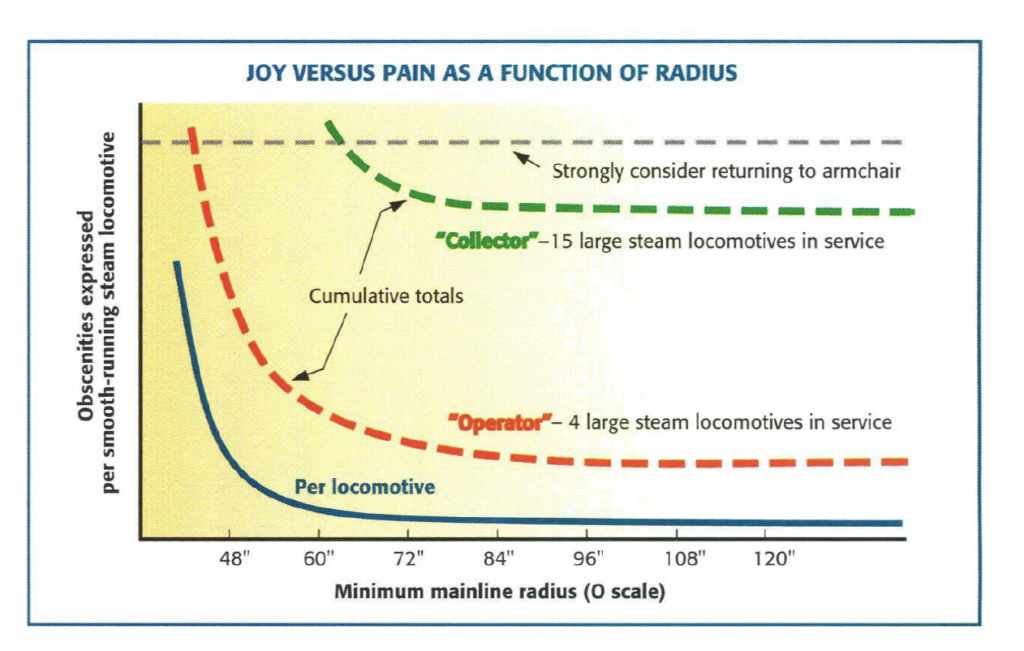
Editor’s note: I’ve found a number of unpublished manuscripts in our file cabinets. This one dates from around 1999. Does it still apply today? Do you think that simplifying or finding a new aspect of the hobby can re-invigorate your love of toy trains? Leave a comment and let us know. As railroad enthusiasts go, […]
Read More…
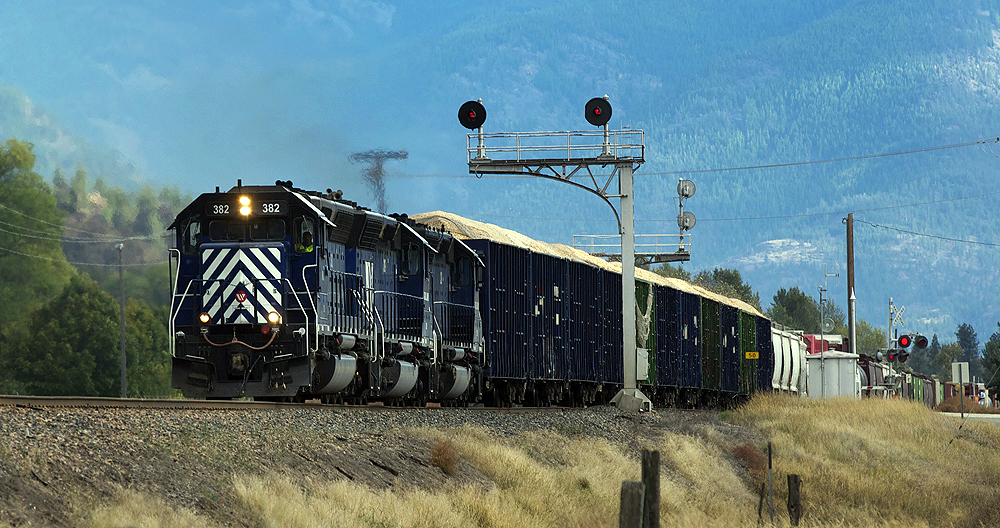
A common question newcomers to model railroading ask is “Why do railroads use signals?” The quick answer is to keep trains moving safely. But the topic of railroad signals deserves more of an explanation. The evolution of railroad signals When trains are running in the same direction on the same line, in opposite directions on […]
Read More…
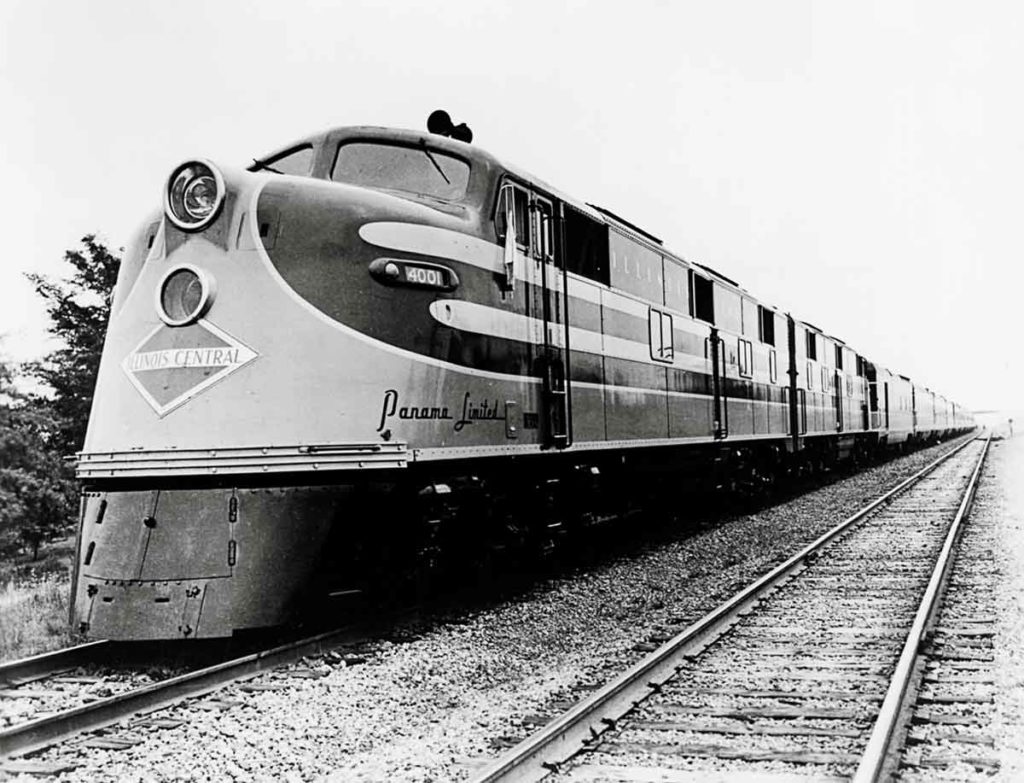
Two E6 diesels pose grandly with Illinois Central’s newly streamlined all-Pullman Panama Limited in an early-1940s publicity photo. Electro-Motive photo […]
Read More…
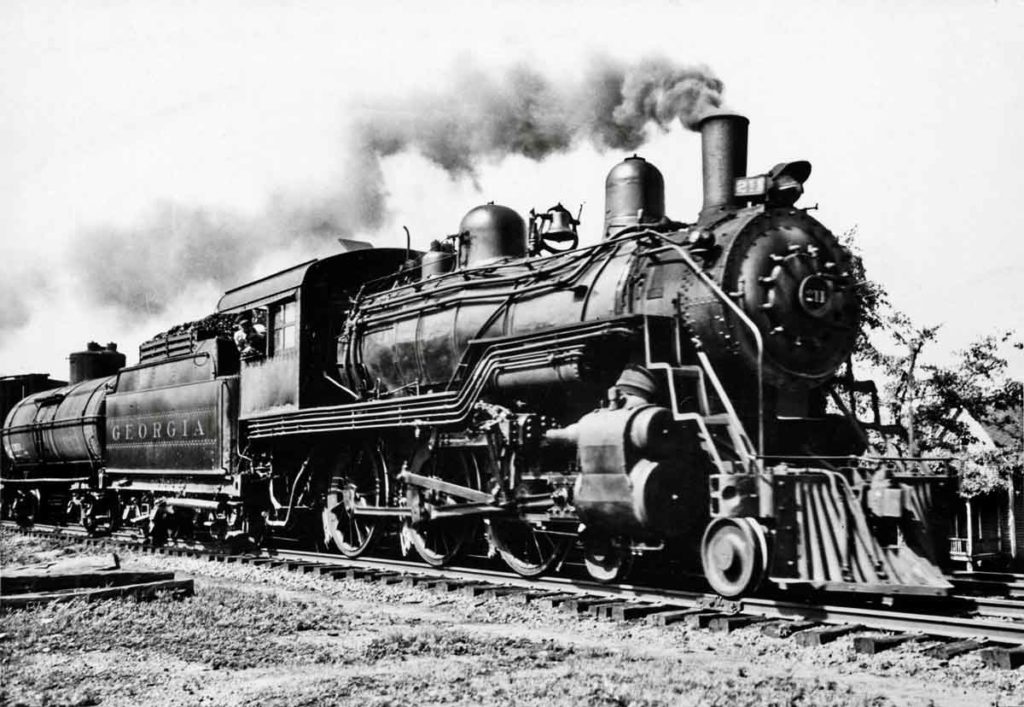
Ten-Wheeler No. 211 of the Georgia Railroad rolls freight out of Scottsdale, Ga., in June 1936. C. K. Marsh Jr. coll. […]
Read More…
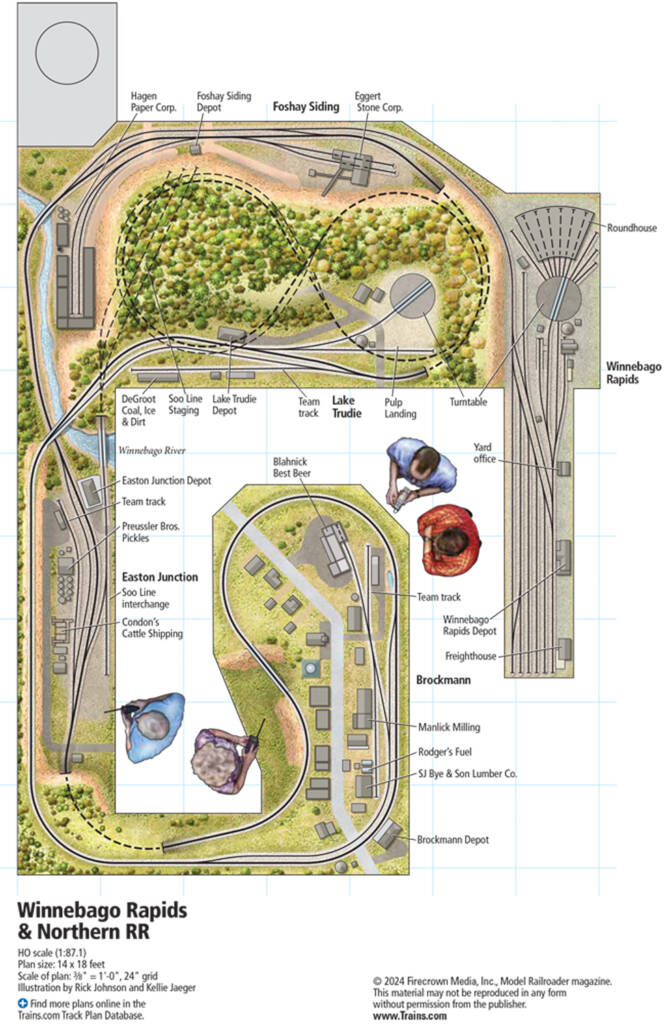
Facts and features Name: Winnebago Rapids & Northern RRScale: HO (1:87.1)Size: 14 x 18 feetPrototype: freelancedLocale: WisconsinEra: 1956Style: walk-inMainline run: 120 feetMinimum radius: 24″Minimum turnout: No. 6Maximum grade: 31⁄2%Benchwork: L-girderHeight: 41″ to 49″Roadbed: HomabedTrack: code 83 (handlaid in visible locations, extrack in hidden areas)Scenery: extruded-foam insulation board and clothshellBackdrop: painted drywallControl: NCE ProCab Click the […]
Read More…
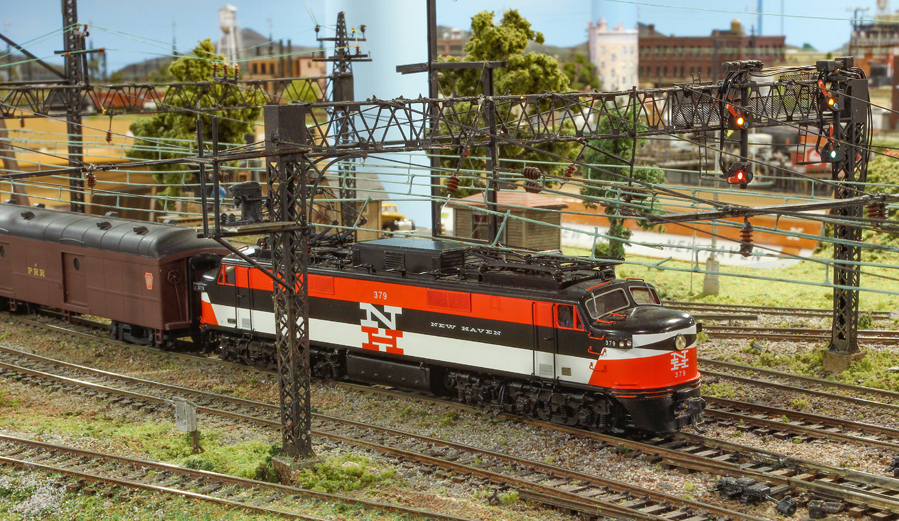
When you think about electrified rail lines today, the first thing that probably comes to mind is Amtrak’s Northeast Corridor. But in the first half of the 1900s, before the start of the diesel era, railroads used electrified lines to move freight and passengers. Examples in the east included the New York, New Haven & […]
Read More…
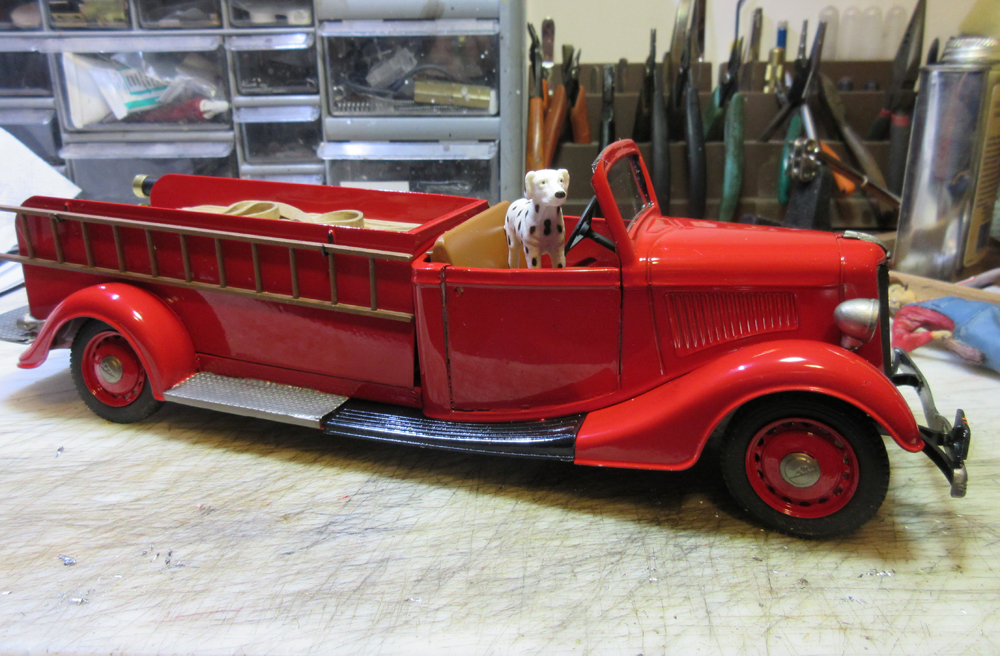
Sometime last year I took a serious look at one of my vehicles. I leave my vehicles out all year, and the weather takes its toll. I could strip the pickup and repaint it, but I’m planning a firehouse in my town, so why not make a fire truck? The vehicle is a Solido 1:19 […]
Read More…
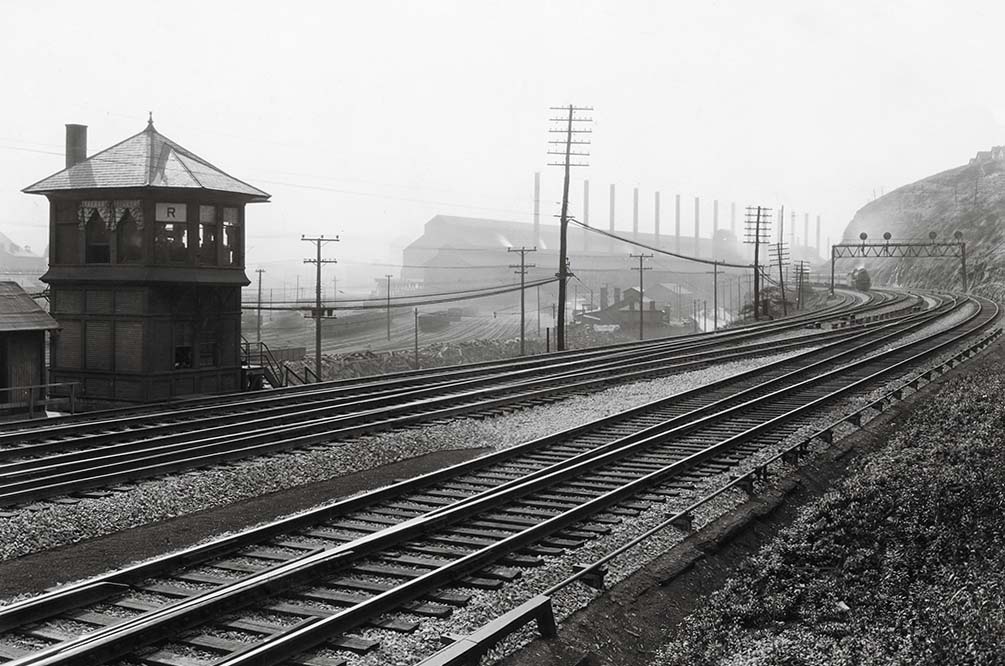
The Pennsylvania Railroad’s wide four-track main line was known as the “broad way,” as seen at Braddock, Pa., near Pittsburgh. The name eventually migrated to the road’s passenger fleet, giving rise to the famed Broadway Limited. Union Switch & Signal Co. photo […]
Read More…












